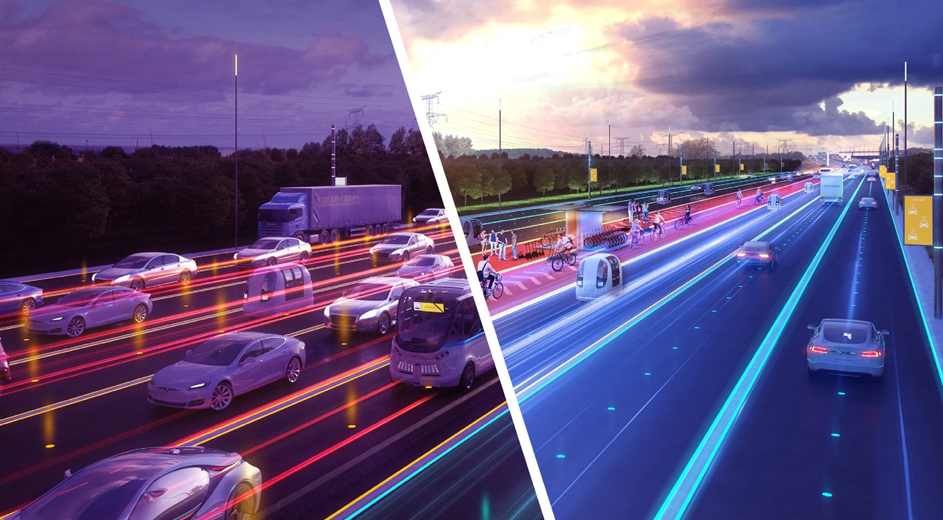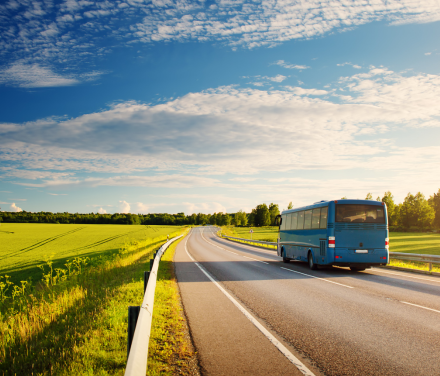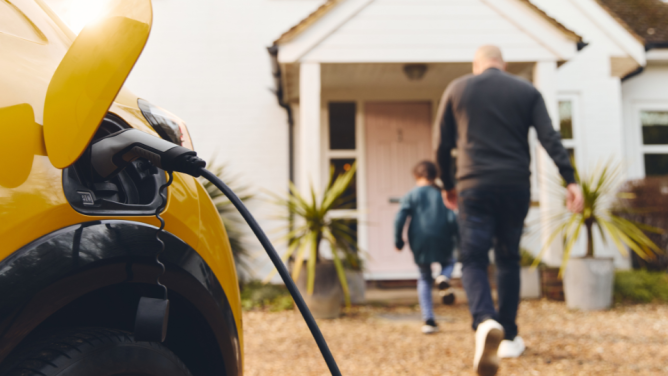
In this New Deal, building a sustainable future for the motorways and expressways on the Grand Paris programme is tantamount to easing congestion all the way from the city’s outermost suburbs to its innermost quartiers. This is the exact opposite of the current approach (applying restrictions in the centre, which then ripple through the outskirts). And it has to start now. It also involves providing people who have no option besides driving solo with a new far-reaching public transport network on motorways. This network will complement the Grand Paris Express transport system – and be instrumental in its success. The project’s goal is to halve traffic on roads by 2050, while carrying more people, and freeing up half the space on today’s motorways and expressways.
Here is the officiel video of the project :
Reshaping transport in Greater Paris by 2050
The New Deal project will roll out in three successive stages. From 2020 to 2024, 200 new express coach lines on motorways will connect out-of-the-way suburbs to the main commuter train stations and business districts skirting La Francilienne (the outer ring road around Paris). That way, outlying suburbanites with day jobs in or near Paris won’t need their car any longer.
From 2024 to 2030, a network of express lanes and new hubs will be used by commuter coaches, express shuttles and ridesharing vehicles. They will be on the left-hand side of La Francilienne, the A86 (a smaller ring road) and the Grand Paris programme’s main motorways. This network will come together in synch and synergistically with the Grand Paris Express transport system’s rollout.
From 2030 to 2050, new technologies will optimise flows on 500 km of New Deal lanes, carrying autonomous shared vehicles. A universal Pass Mobilité, issued by a single transport authority, will provide access to all transport options. The newly reclaimed public space on some of the urban motorways and expressways will open up new, sustainable options for soft mobility and other up-and-coming practices.
An international and multidisciplinary vision
The “New Deal” for motorways and expressways in the Grand Paris programme is the result of an international and multidisciplinary approach.
This joint venture’s members, including Leonard, are divided into three units:
- The “Transformation” unit dealing with city planning, landscaping and architecture, led by Seura, a Paris-based architecture and urban planning firm (David Mangin, the author of Paris-Babel, Une Mégalopole Européenne and other publications), and Barcelona-based architecture, urban planning and landscaping firm Jornet Llop Pastor (Carles Llop, who coordinated work on metropolitan avenues in the Barcelona region, and co-authored a consultation on the Aix-Marseille metropolitan area with Seura);
- The “Mobilities” unit dealing with the environment, infrastructure, traffic and business models, led by Leonard, VINCI’s foresight and innovation platform (based in Paris);
- The “Innovation” unit dealing with cities, services, design and technologies, led by Carlo Ratti Associati, a forward-looking design and innovation platform (with offices in Turin, London and New York).


